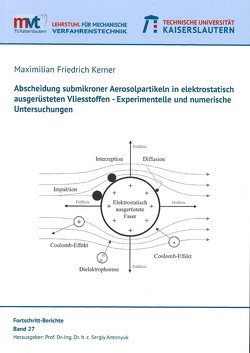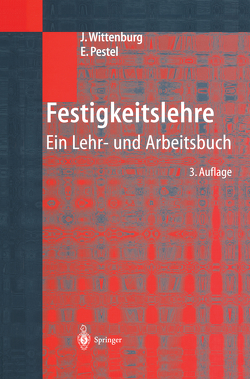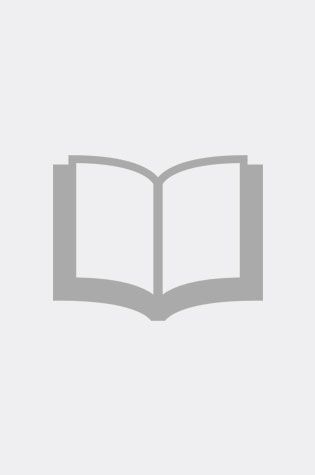Informationsrückfluss aus Folgeprozessen der Konstruktion durch ein offenes und leichtgewichtiges Format, ergänzt durch ein Bewertungsmodell für Datenformate und Prozesse im PLM-Kontext
Matthias Roth
I. Abstract
An increasing globalization and growing competitive environment puts pressure on the
efficiency of product development and therefore also for a consistent use of the product
model along the whole product lifecycle. In industries of individual manufacturing, such
as shipbuilding, the product model differs from the actual build of the product. An
alignment of the product model to the as-built is consequently needed.
The thesis at hand shows the possibility of supporting the information upstream from
the production on shop floor level to the product model. Manufacturing planning profits
from the updated product model data, as well as many production-following processes
such as retrofit, maintenance or recycling do take advantage of a product model that
accurately represents the reality.
The execution of the project set out here takes place by the use of an open and
lightweight format combination (OLS, open and lightweight strategy). Therefore, the
solution can be used by industries having large product models as well as
heterogeneous system landscapes. Taking JT and PLMXML as an example of an OLS
format combination, the thesis at hand shows this for the formerly mainly downstream
use of JT as a new “information backflow” (or “upstream”) of data so that the challenge
can be mastered.
To check the efficiency of the approach, a methodology is developed extending an
existing process valuation model. The extension includes the valuation of data formats
and iterative process loops in the process chain, making use of an estimate of the
design drops and -rises. As a result and scientific benefit, the valuation model enables
a holistic valuation of the process chain, also on the levels of data formats and process
loops.
The possibility of the information upstream in pre-production processes is being shown
on the data format, system and process level. A concrete application from an industry
partner is taken into account for the recording of the as-built in the individual
manufacturing of shipbuilding. A corresponding software demonstrator for non-CAD
users serves the comprehensive validation of the approach.
The direct industrial effect of the project is the documentation of the as-built and
therefore the possibility of a to-be/as-is comparison. The reduction of iteration cycles
between construction department and shop floor poses an additional commercial
benefit.
Perspectives for other industries such as construction industry or plant engineering are
shown to emphasize the universal applicability of the approach. A critical reflection
finalizes the project.
II. Zusammenfassung
Hoher Konkurrenzdruck zwingt zu optimierten Vorgehensweisen in der
Produktentwicklung – und damit auch zu einer durchgehenden Nutzung des
Produktmodells. In Branchen der Einzelfertigung wie dem Schiffbau weicht aber oft
das real gebaute Produkt vom Produktmodell ab. Die vorliegende Arbeit zeigt die
Möglichkeit der Unterstützung des Informationsrückflusses (Upstream) während des
Baus eines Produktes in das Produktmodell auf. Neben der Fertigungsplanung können
so zahlreiche Folgeprozesse wie Retrofit, Wartungsaufgaben und Recycling daran
profitieren.
Die Umsetzung des hier dargestellten Vorhabens erfolgt mittels der Verwendung einer
sogenannten OLS-Formatkombination, die sich durch Leichtgewichtigkeit und
Offenheit auszeichnet. Dadurch ist diese Lösung auch auf große Baugruppen in
heterogenen Systemlandschaften anwendbar. Am Beispiel des offenen ISOStandards
JT in Kombination mit PLMXML wird dies für eine über die bisherige stark
dominierende Downstream-Nutzung [EGH13] [Vet10] hinausgehende Anwendung für
den Informationsrückfluss („Upstream“) gezeigt.
Es wird gezeigt, dass die Herausforderung des Informationsrückflusses in vorgelagerte
Prozesse mit einer aus dieser Methode resultierenden Lösung bewältigt werden kann.
Zum Nachweis der Effektivität der Lösung wird ein Bewertungsmodell entwickelt, das
ergänzend zum Modell von Hochstein [Hoc14] die Datenformate und iterativen
Prozessschleifen in die Bewertung einer Prozesskette einbezieht. Als Ergebnis und
wissenschaftlicher Mehrwert steht somit ein Bewertungsmodell für Prozessketten auf
den Ebenen der Datenformate und iterativen Prozessschleifen.
Die Möglichkeit für den Informationsrückfluss in vorgelagerte Prozesse wird im
konkreten Beispiel umfassend auf Datenformat-, System- und Prozessebene
erarbeitet. Dabei werden aus realen Anwendungsfällen abgebildete Erfordernisse wie
z.B. die Protokollierung des Bauzustandes in der schiffbaulichen Einzelfertigung
berücksichtigt. Eine zugehörige Software für CAD-fremde Nutzer dient der Validierung
des Ansatzes in der Praxis.
Der direkte industrielle Nutzen des Vorhabens ist ein durch die Dokumentation des
aktuellen Baustatus ermöglichter Soll/Ist-Vergleich – als auch eine Abbildung des real
Gebauten im Produktmodell und die Unterstützung von Folgeprozessen. Die
Reduktion von Iterationsschleifen zwischen Werk und Konstruktion bildet eine
zusätzliche betriebswirtschaftliche Motivation. Perspektiven für andere Branchen wie
die Baubranche werden aufgezeigt, um die Universalität des Ansatzes zu
unterstreichen. Eine kritische Reflexion schließt das Vorhaben ab.

































